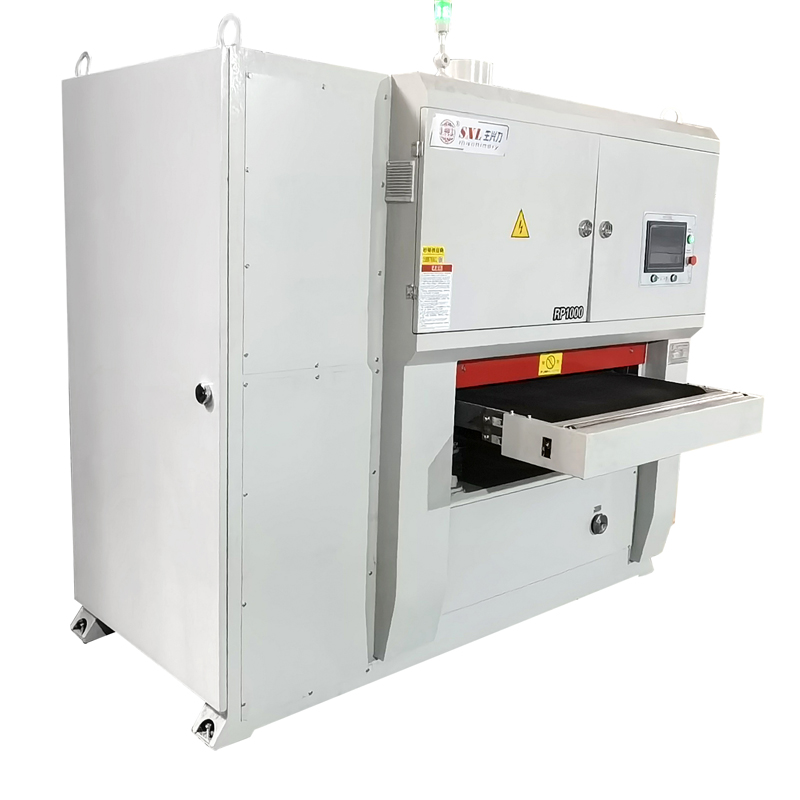

Precision workpiece deburring is the removal of irregular protruding objects or burrs on the surface of the workpiece during the manufacturing process to improve the quality and accuracy of the workpiece. The presence of burrs will affect the appearance, surface finish, processing accuracy and service life of the workpiece, so removing burrs on the workpiece is a very important step in the precision manufacturing process.
There are several obvious methods for deburring precision workpieces:
1. Mechanical deburring: mechanical deburring is the removal of burrs on the surface of the workpiece by mechanical grinding, scraping, cutting or sandblasting. This method is suitable for most materials and workpiece types, can effectively remove burrs, and can control the degree of deburring and surface quality.
2. Chemical deburring: chemical deburring is the removal of burrs on the surface of the workpiece by chemical dissolution or chemical reaction. This method is suitable for some special materials or complex shapes of the workpiece, can remove small or difficult to remove mechanical burrs. Common chemical deburring methods include pickling, electrolytic polishing and so on.
3. Electrolytic deburring: electrolytic deburring is the use of electrolysis to remove burrs on the surface of the workpiece. This method is often used in metal material processing to remove tiny burrs and improve the surface finish of the workpiece. Electrolytic deburring usually needs to be carried out in a specific electrolyte, and attention should be paid to the selection of electrolyte and the control of process parameters.
4. Laser deburring: Laser deburring is the use of laser high energy and high precision characteristics to remove burrs on the surface of the workpiece. Laser deburring can adjust the depth and area of deburring according to process requirements, and will not cause heat affected zone on the workpiece. Laser deburring is suitable for some high-precision processes and workpiece with high surface requirements, but the equipment and process costs are high.
5. Spray deburring: Spray deburring is the use of high-pressure gas or liquid to wash away the surface of the burr method. This method is suitable for some large-size workpieces or special materials, and can remove burrs on the surface of the workpiece in a large area, but the selection and operation of the spray is required.
The method of deburring precision workpiece described above has its own scope of application and characteristics, and the corresponding method can be selected according to the specific situation. In practical applications, a variety of methods are usually combined to achieve the effect of deburring, and the deburring scheme is determined according to the material, shape and process requirements of the workpiece.
No matter which method of deburring is used, the following points need to be noted:
1. Safe operation: In the process of deburring, ensure the safety of the operator. Especially when using chemical deburring or laser deburring, pay attention to the use of protective equipment to avoid harm to the human body.
2. Control of process parameters: For different workpieces and materials, the corresponding process parameters need to be adjusted to achieve the deburring effect. This includes adjusting the choice of tools and abrasives for mechanical deburring, soaking time and temperature for chemical deburring, current and voltage for electrolytic deburring, etc.
3. Treatment after deburring: After deburring, the workpiece should be cleaned, rusted and protected to prevent the recurrence of burring or other adverse effects on the surface of the workpiece. This can be achieved through methods such as cleaning processes, surface treatments and anti-corrosion coatings.
In general, precision workpiece deburring is an indispensable step in the precision manufacturing process, which can be achieved by mechanical deburring, chemical deburring, electrolytic deburring, laser deburring and spray deburring. According to the specific material, shape and process requirements, choose the appropriate deburring method, and strictly control the process parameters and subsequent treatment to ensure the quality and accuracy of the workpiece surface.
